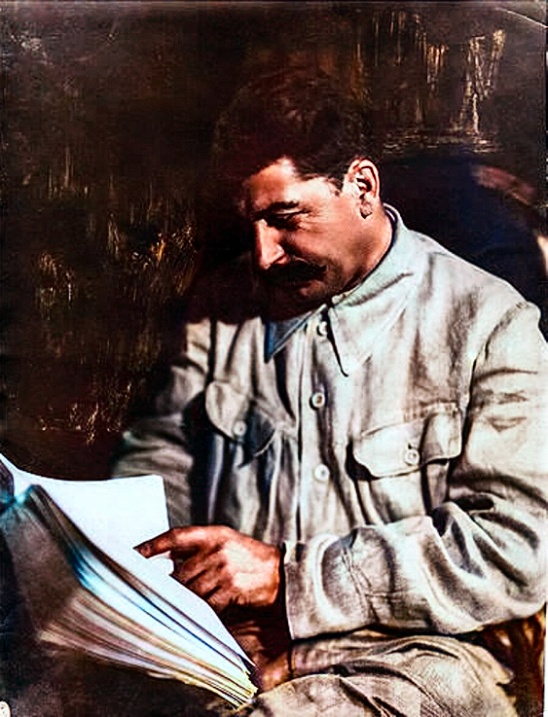Capitalist innovation comes up with a new, pointless way to be cruel to incarcerated people!
The printed scans I collected were low-quality, including blurry, darkened family photos that left incarcerated people unable to make out their loved ones’ faces. Even the more readable scans left much to be desired—because, after all, physical mail is rarely just about reading. Incarcerated people couldn’t run their fingers over their loved ones’ handwriting, or grasp a piece of paper that had been held by someone familiar.
. . .
Thus, it’s doubly alarming that more facilities are moving toward restricting traditional physical correspondence in favor of scanning and printing or electronically delivering letters. The Florida Department of Corrections, for example, is considering adopting a policy that would digitize incoming (nonlegal) mail, forcing incarcerated people pay for printouts or to view their correspondence on a tablet or kiosk operated by the private company JPay, the Gainesville Sun recently reported. The Smart Communications’ MailGuard program, launched in Pennsylvania prisons in 2018, now operates in more than 110 facilities in 25 states, according to the current listing of facilities on the program’s portal for family members.
. . .
While physical mail has long been subject to surveillance by corrections officers, bringing in a private company to process correspondence, and storing that correspondence in electronic databases, changes the game.
And this surveillance is part of the point—”MailGuard® creates a searchable database and opens a whole new field of intelligence for your agency,” notes the Smart Communications website.
Death to America.


A good book on this is James Forman, Jr.,'s Locking Up Our Own : https://www.nytimes.com/2017/04/11/books/review-locking-up-our-own-james-forman-jr.html